Intelligent dance music (IDM) is a style of electronic music originating in the early 1990s, defined by idiosyncratic experimentation rather than specific genre constraints. It emerged from the culture and sound palette of electronic styles such as ambient techno, acid house, Detroit techno and breakbeat; it has been regarded as better suited to home listening than dancing. Prominent artists associated with it include Aphex Twin, Autechre, Squarepusher, Boards of Canada, Amon Tobin, Higher Intelligence Agency, Telefon Tel Aviv, μ-Ziq, The Black Dog, The Future Sound of London, Mouse on Mars, Biosphere, Orbital and Luke Vibert.

Warp Records is a British independent record label founded in Sheffield in 1989 by record store employees Steve Beckett and Rob Mitchell and record producer Robert Gordon. It is currently based in London.

Luke Vibert is a British electronic musician and producer, also known for his work under several aliases such as Plug and Wagon Christ. Raised in Cornwall, Vibert began releasing projects in the 1990s across varied genres, including techno, drum and bass, and trip hop. He has recorded on labels such as Rephlex, Ninja Tune, Planet Mu, and Warp.
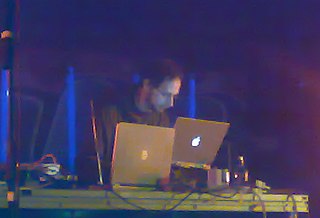
Michael Robert Paradinas, better known by his stage name μ-Ziq, is an English electronic musician from Wimbledon, London. He was associated with the electronic style intelligent dance music (IDM) during the 1990s, and recorded on Rephlex Records and Reflective Records. His critically acclaimed 1997 album, Lunatic Harness, helped define the drill 'n' bass subgenre and was also his most successful release, selling over 100,000 copies. Paradinas founded the record label Planet Mu, begun in 1995, where he has championed genres such as juke, IDM and footwork.

LFO was a British electronic music act formed in 1988 consisting of Mark Bell and Gez Varley. They released their acclaimed debut LP Frequencies in 1991 on Sheffield label Warp. After Varley left the group in 1996, Bell continued solo to release Advance (1996) and Sheath (2003). Bell died in October 2014, effectively ending the project.
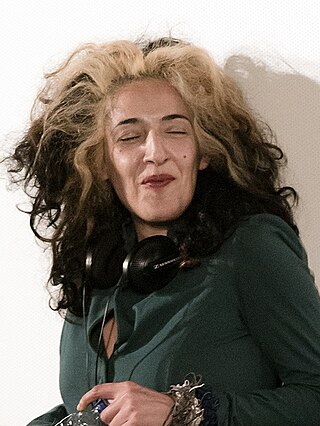
Leila Arab, professionally known as Leila, is an Iranian-born record producer and DJ based in London, England. She has released music on the labels Rephlex, XL and Warp. She has also worked extensively with Icelandic singer Björk.

Selected Ambient Works Volume II is the second studio album by Aphex Twin, the pseudonym of the British electronic musician Richard D. James. It was released on 7 March 1994 through Warp. Billed as a follow-up to James' debut Selected Ambient Works 85–92, the album differs in sound by being largely beatless ambient music. James said that it was inspired by lucid dreaming, and likened the music to "standing in a power station on acid."
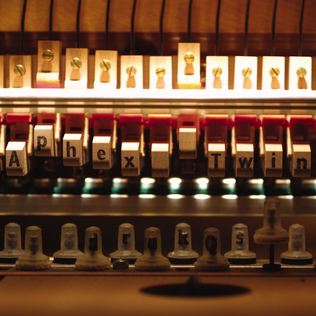
Drukqs is the fifth studio album by Aphex Twin, the alias of British electronic musician Richard D. James, released in 2001 on Warp. It is a double album alternating primarily between tracks of meticulously programmed drum and bass-inspired beats and computer-controlled classical piano pieces. It features the piano composition "Avril 14th," one of James's best-known recordings.
Chris Jeffs, best known by the stage name Cylob, is a British electronic musician and producer closely associated with Aphex Twin. He has produced seven albums, three compilations and a number of remixes. Previously signed to Rephlex records, Jeffs started his own digital label Cylob Industries in 2007. His most well-known tracks include "Rewind" and "Cut The Midrange, Drop The Bass".

Classics is a 1995 compilation album by electronic musician Richard D. James, more commonly known by his pseudonym of Aphex Twin.

Quique is the debut album by British music group Seefeel. It was released through Too Pure in October 1993. A predominantly instrumental record which utilises elements of both rock and electronic music, it blends styles including techno, dream pop, ambient, and dub. Guitarist Mark Clifford worked continually on tracks while other members either completed them or provided component ideas.
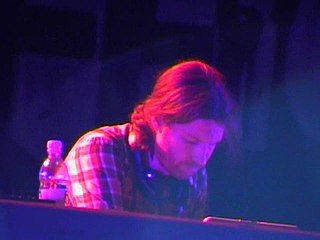
Richard David James, known professionally as Aphex Twin, is a British musician, composer and DJ. He is known for his idiosyncratic work in electronic styles such as techno, ambient, and jungle. Journalists from publications including Mixmag, The New York Times, NME, Fact,Clash and The Guardian have called James one of the most influential and important artists in contemporary electronic music.

Succour is the second studio album by British band Seefeel. It was released on 20 March 1995 on Warp and did not receive a release in the United States.
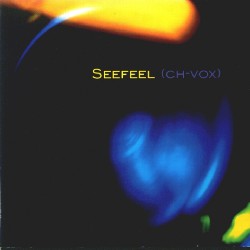
(CH-VOX) is the third studio album by British music group Seefeel. The album was released in 1996 on friend Richard D. James's label Rephlex Records.
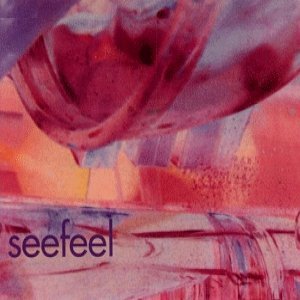
More Like Space is an EP by Seefeel. It was released in 1993 by Too Pure Records. The EP was later included on the compilation album Polyfusia which was released in 1994 by Astralwerks.
Bochum Welt is the stage name of the Italian electronic musician Gianluigi Di Costanzo. The name Bochum Welt is a combination of the German word for "world" (welt) and the name of the German city Bochum.

Mark Clifford is a British musician and producer known primarily for his involvement with his band Seefeel. He has been involved in a number of solo and collaborative projects which have resulted in a wide range of material released on many different labels including Warp Records, Rephlex Records, Bella Union, Editions Mego and his own Polyfusia label.

"MARCHROMT30A edit 2b 96" is a song by the English electronic musician Richard D James, credited under the pseudonym Aphex Twin. It serves as the second single and the Japanese bonus track from Aphex Twin's sixth studio album, Syro.
Scala was an electronic rock band from London, UK formed in 1996 by members of the band Seefeel. They released two singles, three albums, and two EPs over the following two years.














